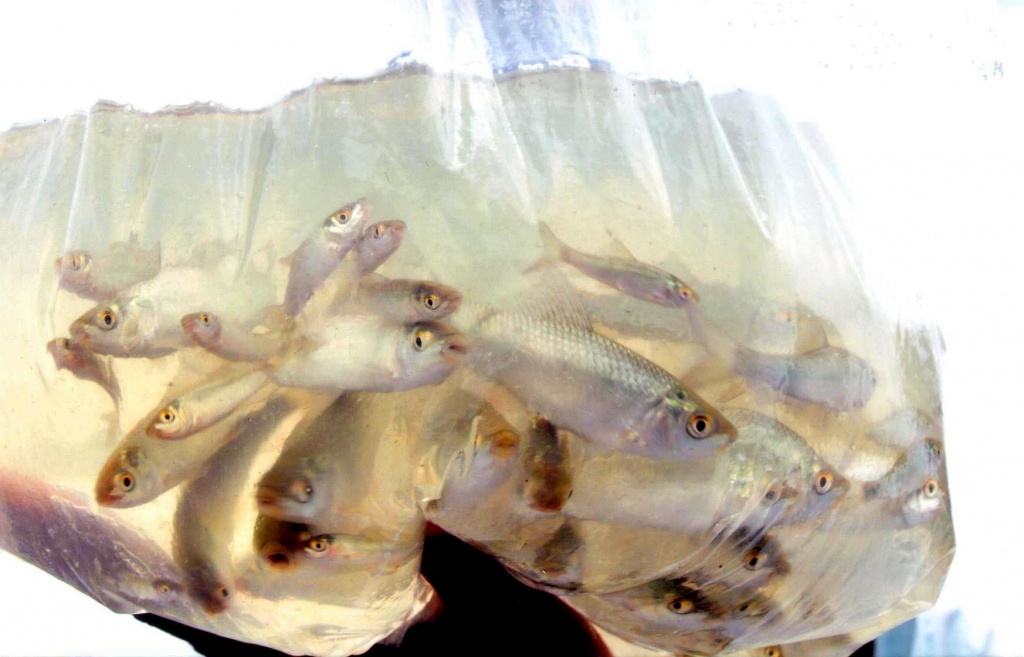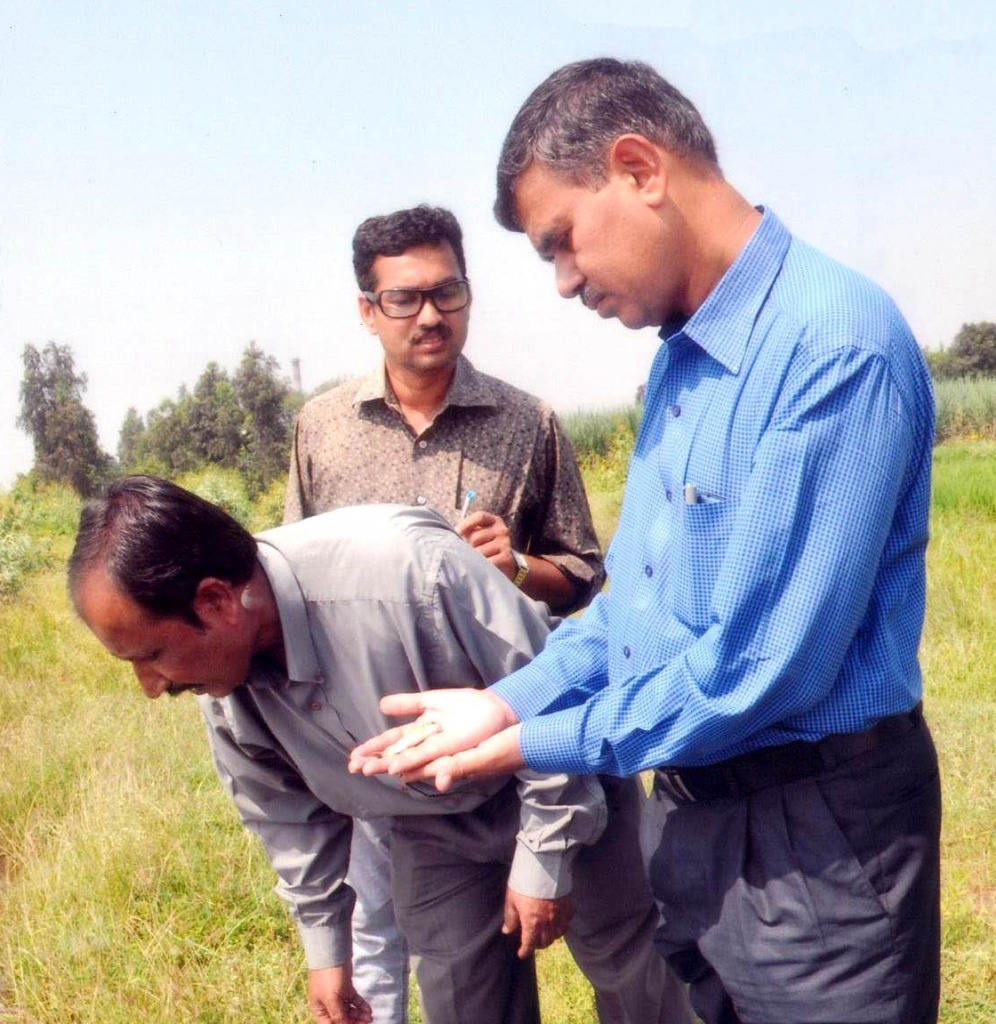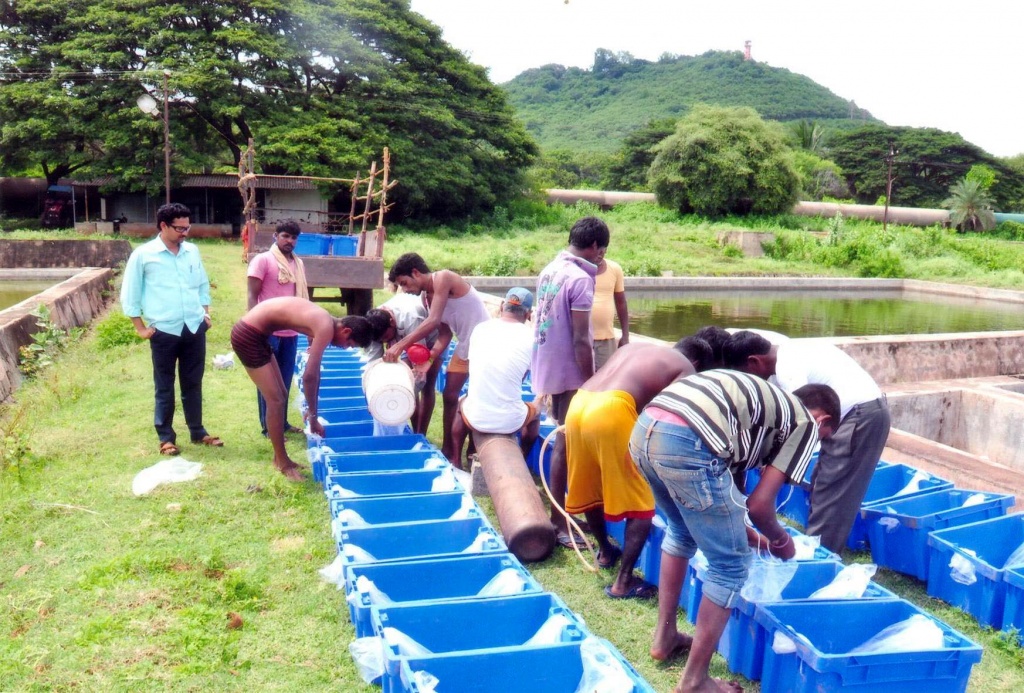
Author: tbboard
Spillway gate material samples checking in Karnataka Material Testing & Research Centre, Hubballi by EE, HLC Dvn., SDO, Estates & SO Dam line.
New spillway gate skin plate checking by Secretary, TB Board and Shri N. Kannaiah Naidu, Gate Expert
Checking new spillway gate horizontal girder part by Secretary, TB Board and Shri N. Kannaiah Naidu, Technical Advisor to GoAP and Gate Expert
Bhumipuja ceremony of Guest House at Munirabad by Minister of Major and Medium Irrigation Shri Govind M Karjol & Minister of Tourism, Ecology and Environment Shri Anand Singh on 15.12.2022.
Pen Culture spot near chikkabaganal village
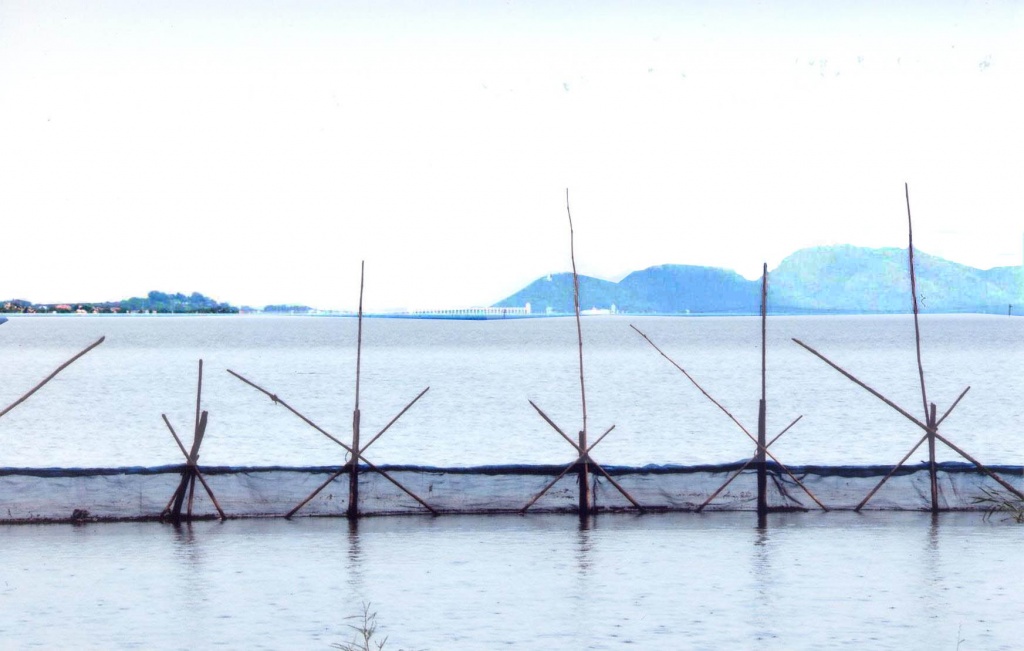
The Board has set up a fish farm for producing quality seeds for raising bio mass in available water bodies located in the states of Karnataka and Andhra Pradesh. A part of the seeds so produced are stocked in the reservoir to enhance the fishery wealth of the reservoir. In addition, to facilitate preservation of fish catch, Board is running an Ice-cum-Cold Storage Plant for the convenience of the fishermen of the area. The Board has also established a Fish Net Making Plant to manufacture and supply quality fishnets to the fishermen.
Releasing of Fish Seeds to T B Reservoir
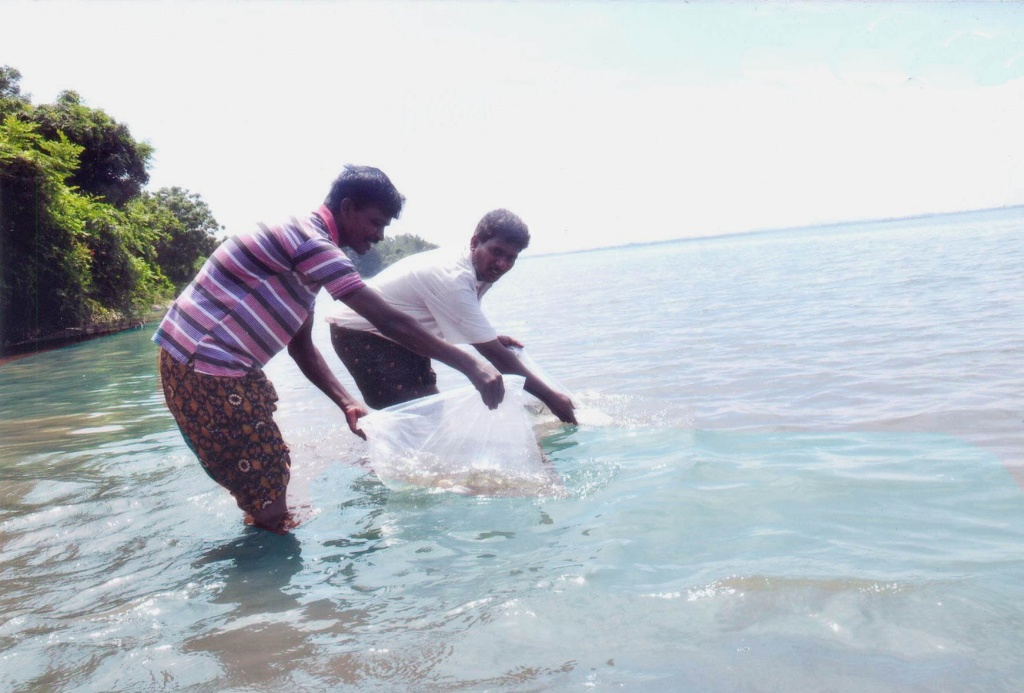
The Board has set up a fish farm for producing quality seeds for raising bio mass in available water bodies located in the states of Karnataka and Andhra Pradesh. A part of the seeds so produced are stocked in the reservoir to enhance the fishery wealth of the reservoir. In addition, to facilitate preservation of fish catch, Board is running an Ice-cum-Cold Storage Plant for the convenience of the fishermen of the area. The Board has also established a Fish Net Making Plant to manufacture and supply quality fishnets to the fishermen.





